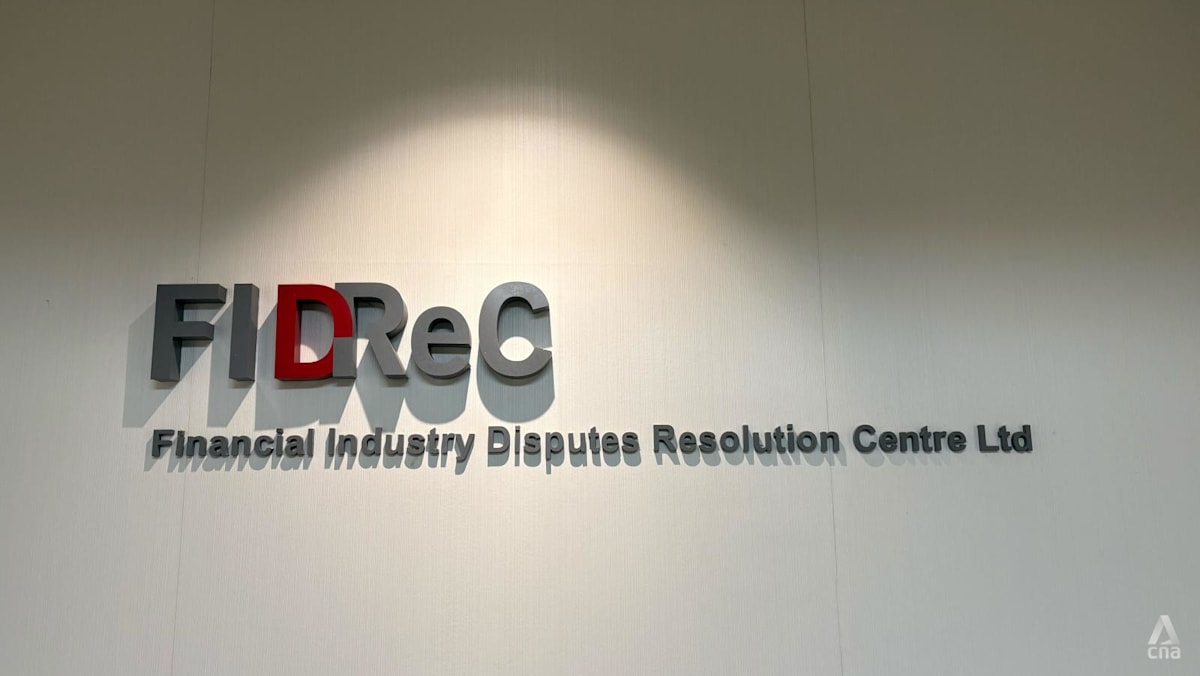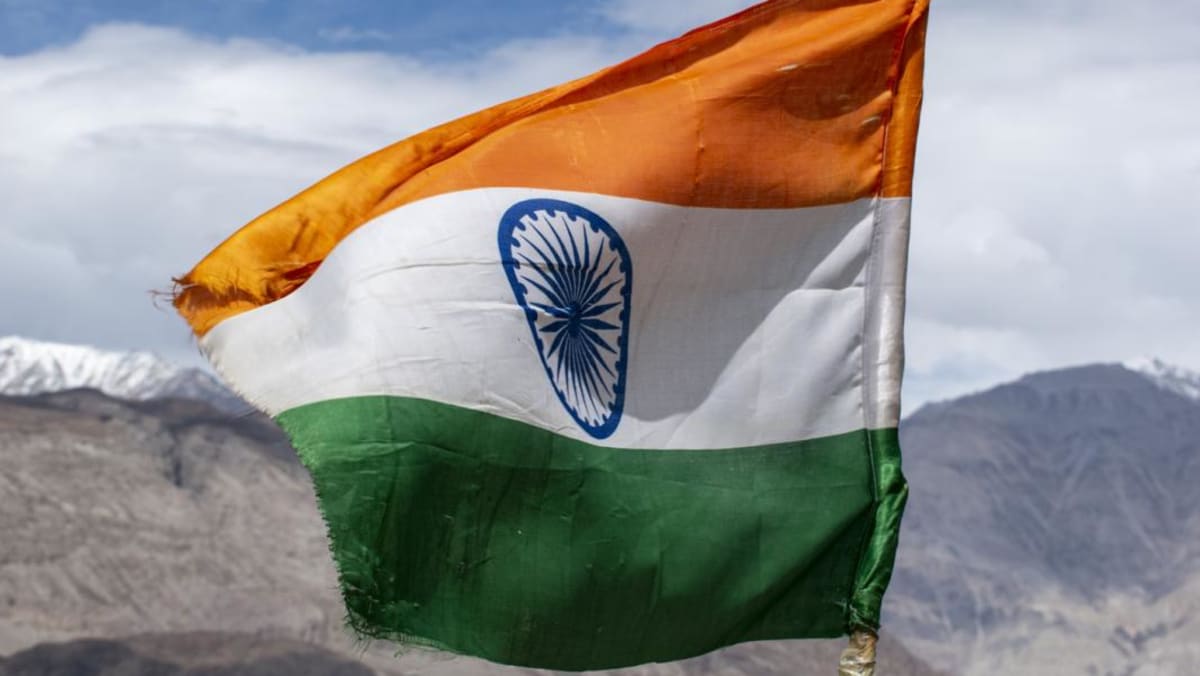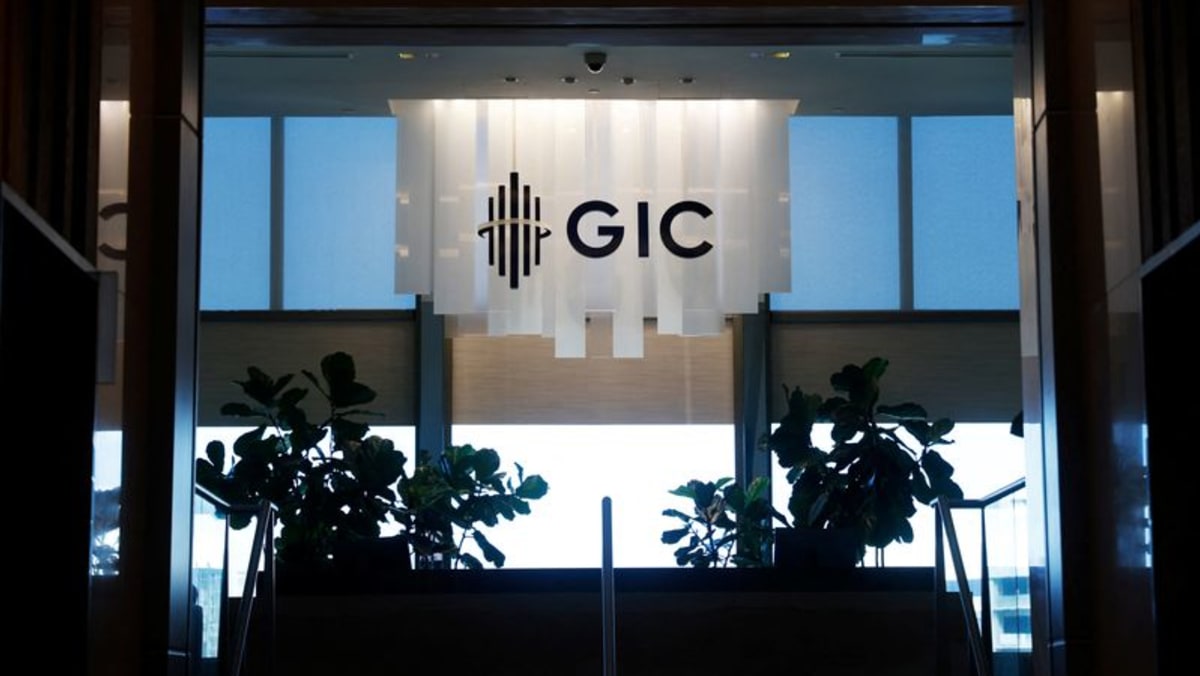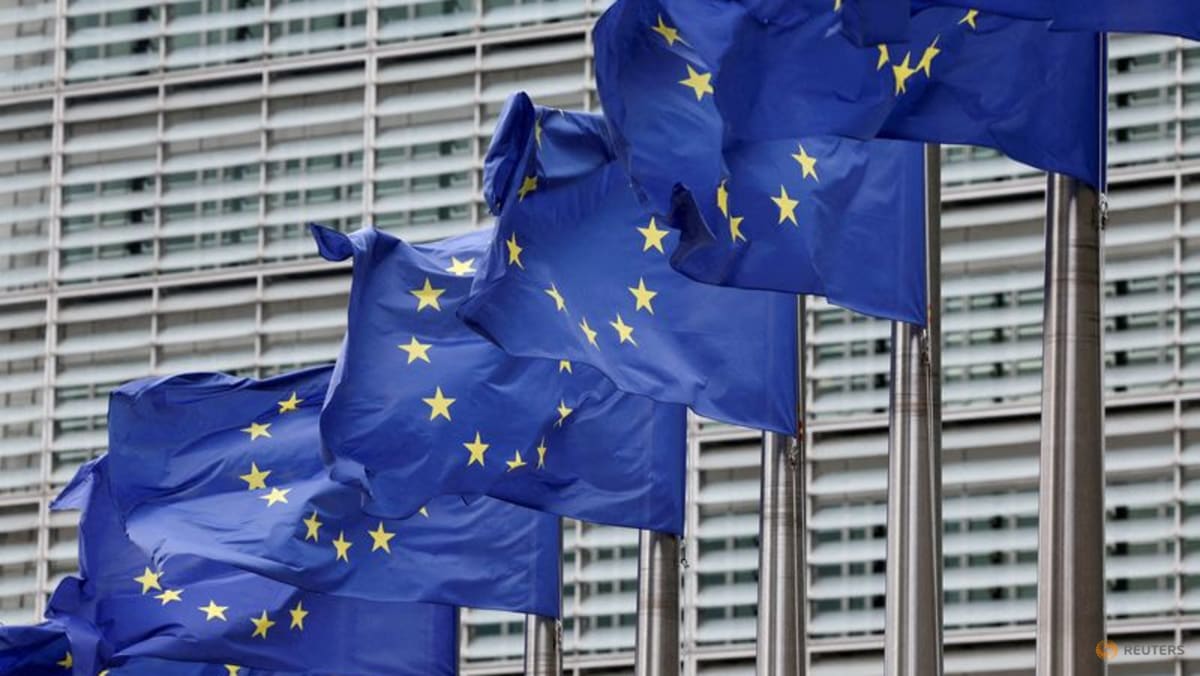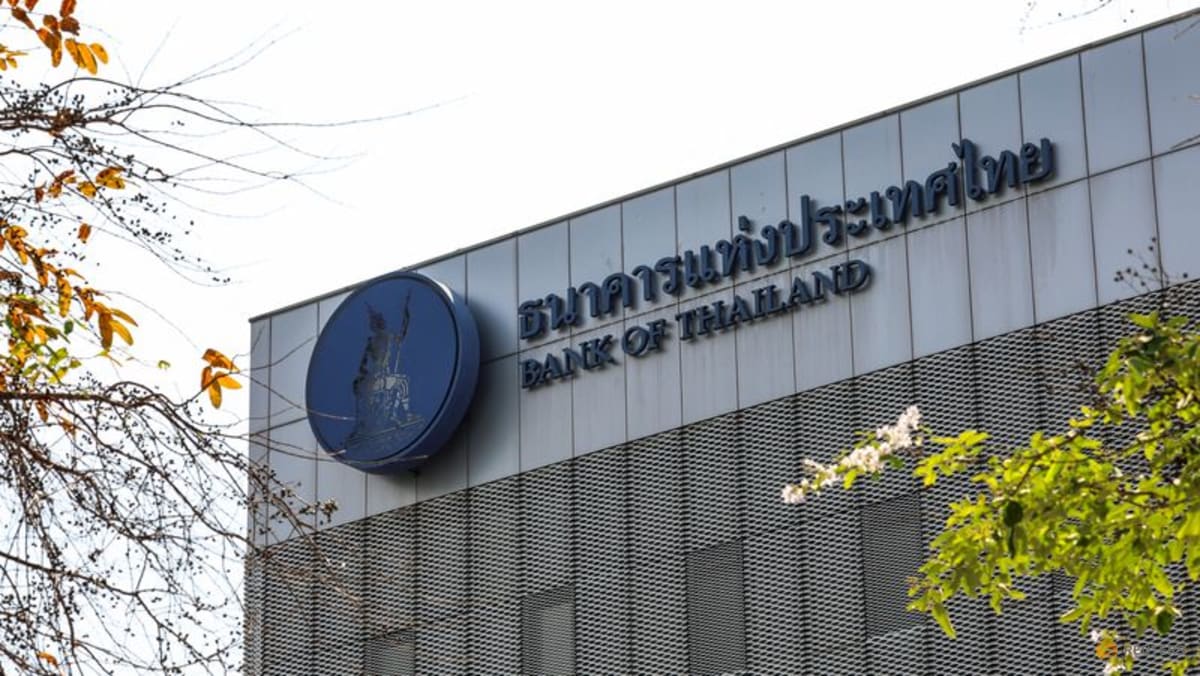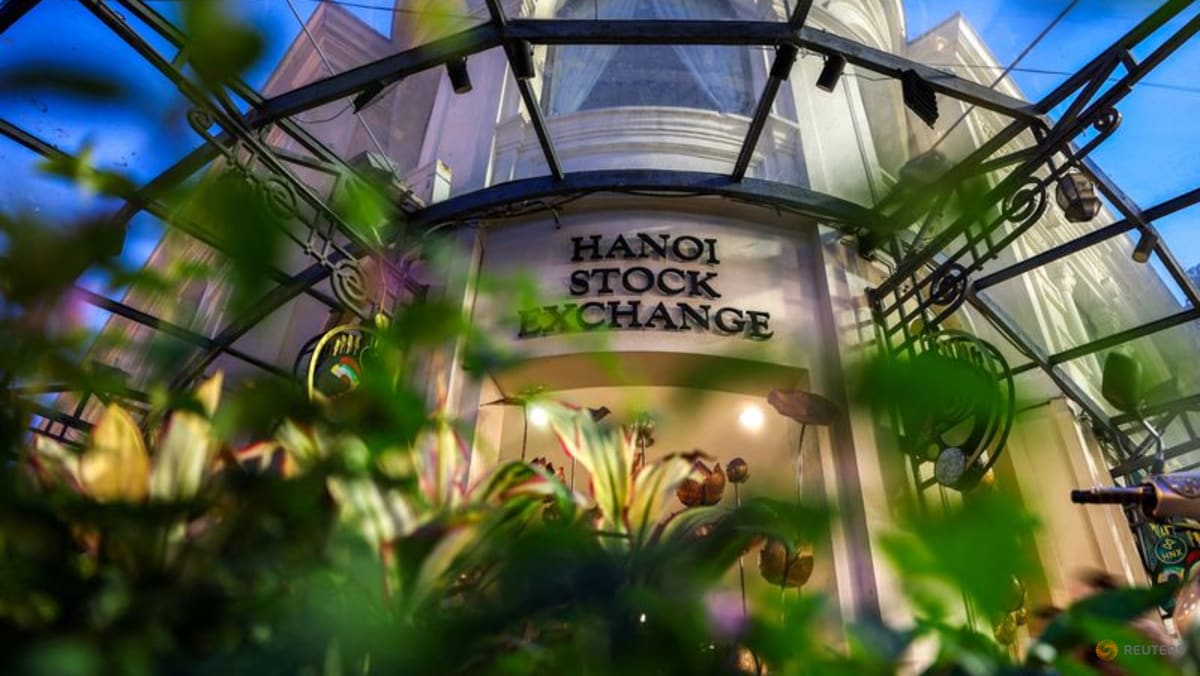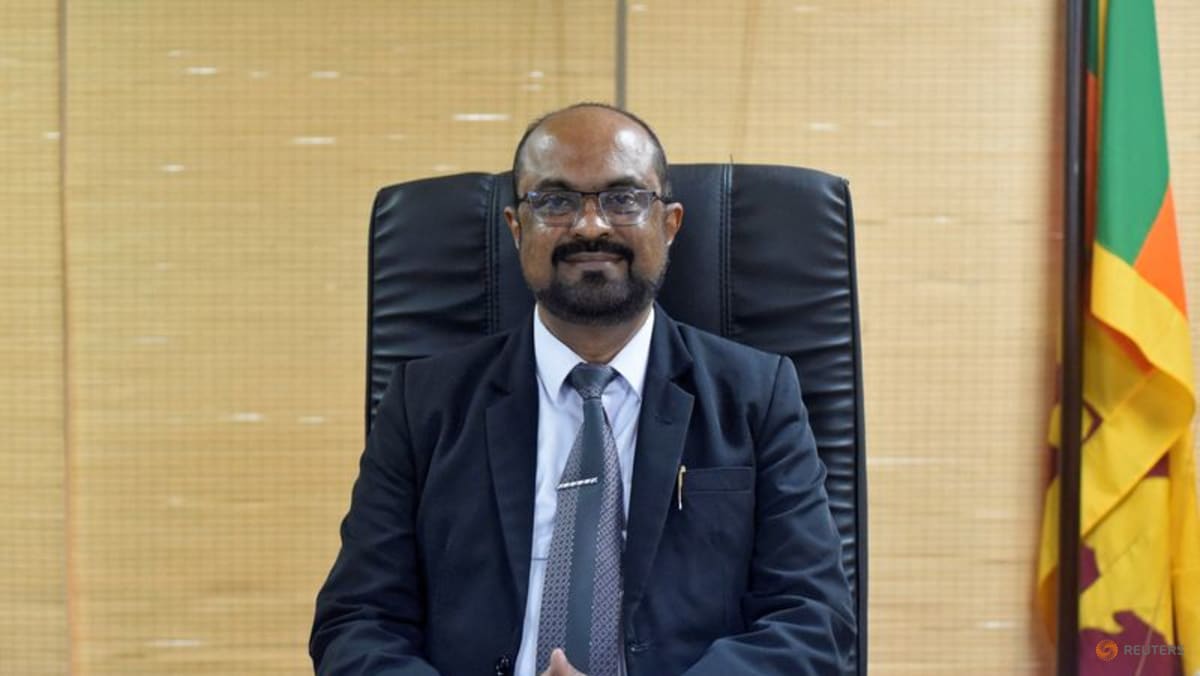In response, GIC said it is adopting granularity and agility into its investment strategies, as “diversification alone is no longer enough”.
Granularity means being precise and instead of targeting entire industries, it aims to identify “investible segments” within growing themes or sectors.
Citing the global energy sector as an example, Mr Yeo said while attractive opportunities can be found in the areas of electrification and energy efficiency, there are fragmented trends across different regions which will require a “nuanced approach” in investments.
“For example, natural gas will continue to play a key role in the United States over the medium term, but renewables remain well positioned in Europe, China and India,” he added.
GIC needs to stay agile as well by maintaining a good liquidity position so that it can “act in a contrarian manner whenever there are opportunities and dislocations that emerge”, said Mr Yeo.
Contribution from the reserves, or the Net Investment Returns Contribution (NIRC), is one of the major contributors to Singapore’s yearly government budget.
Under the NIRC framework, the government can spend up to 50 per cent of the net investment returns on net assets invested by GIC, the Monetary Authority of Singapore and Temasek, as well as up to 50 per cent of the net investment income derived from past reserves from the remaining assets.
STILL SEE OPPORTUNITIES IN THE US
At the end of the last financial year, more than half of GIC’s investment portfolio was in equities. This marked a five-percentage-point increase from 46 per cent a year ago, largely due to an increase in investments in the US.
Allocations to real assets inched up by one percentage point to 23 per cent, while that of fixed income was cut to 26 per cent from 32 per cent.
The Americas accounted for the largest share of the portfolio at 49 per cent, up from 44 per cent a year ago. This includes Canada and Latin America, although the US markets would make up the biggest portion of investments in this region.
Around 24 per cent of its portfolio was in Asia Pacific, a drop from 28 per cent, while its exposure to global markets dipped by one percentage point to 7 per cent.
The share of Europe, Middle East and Africa remained unchanged at 20 per cent.
Asked why its exposure to Asia has fallen, GIC reiterated that it does not allocate assets by geography, and the distribution reflects where it has found more opportunities over the year.
“The final exposure really reflects on both risk and return,” said Mr Lim, adding that with its size, Asia “is a mixed bag”.
